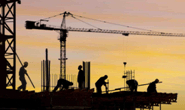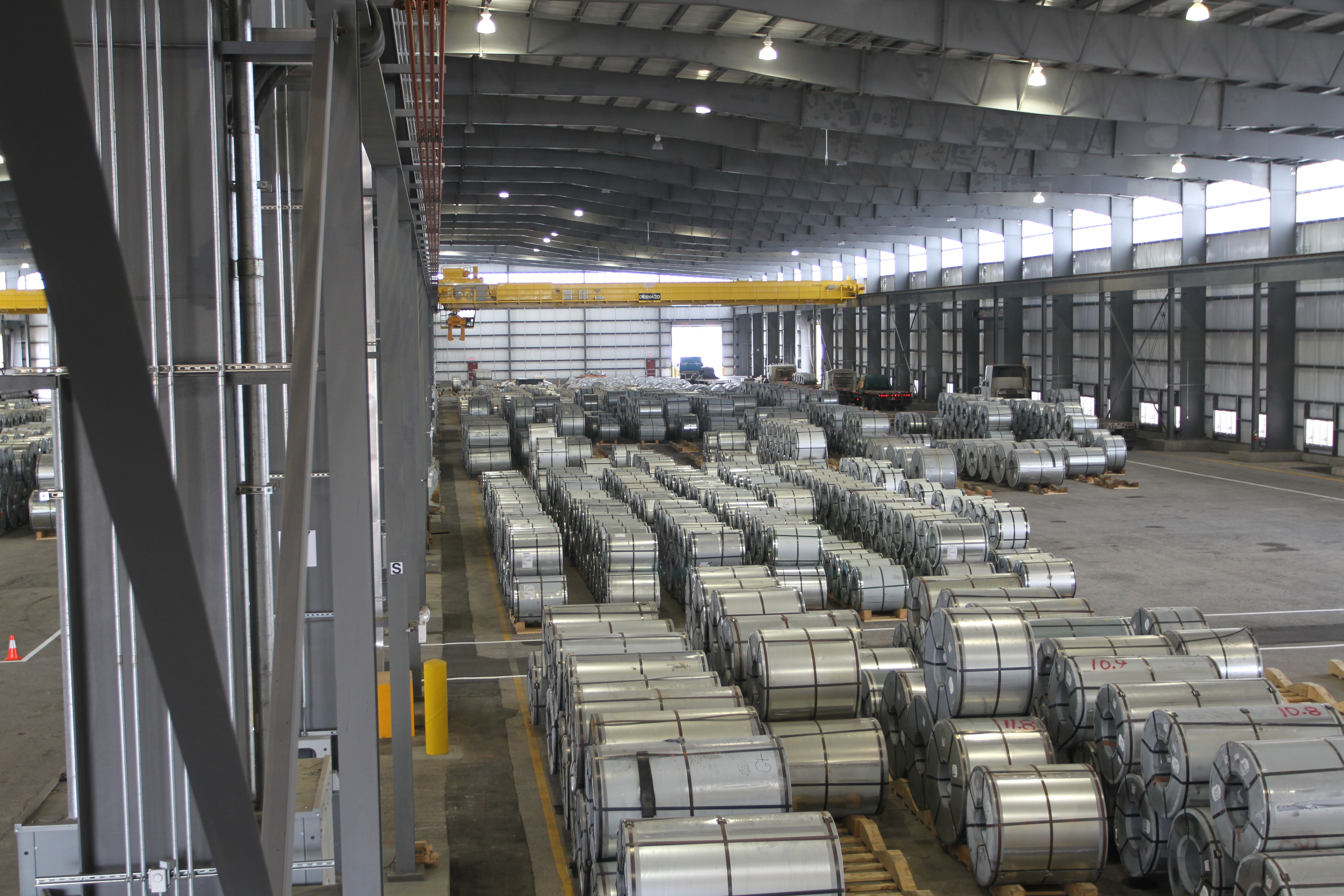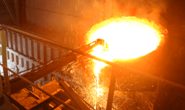Steel Markets

Home Building Leads Construction Spending in November
Written by Sandy Williams
January 4, 2021
Construction spending was heavily weighted toward single-family homebuilding in November, according to an analysis of government data by the Associated General Contractors of America. Residential construction soared 2.6 percent last month and 16.2 percent year-over-year, contrasting a 0.6 percent decline in private and public nonresidential spending in November and a 4.7 percent tumble from a year ago.
Construction spending totaled $1.46 trillion at a seasonally adjusted annual rate, up 0.9 percent from October and 3.8 percent from November 2019.
Private nonresidential construction slipped 0.8 percent from the previous month and 9.5 percent year-over-year. Declines were noted in power, commercial and healthcare construction. Construction for manufacturing was nearly flat at a 0.1 percent gain and office construction gained 0.3 percent.
Public construction dipped 0.2 percent last month, but increased 3.1 percent year-over-year, said AGC. Spending declined in most nonresidential categories, but highway and street construction, the two largest segments, gained 1.8 percent in November. Educational construction rose 0.3 percent.
“Private nonresidential construction declined for the fifth-straight month in November, while public nonresidential spending slipped for the fifth time in the past six months,” said AGC Chief Economist Ken Simonson. “Unfortunately, our latest survey finds contractors expect the volume of projects available to bid on in 2021 will be even more meager.”
Demand for new homes soared during 2020, fueling November’s rise in private residential construction spending. Single-family construction spending climbed 6.1 percent, home improvement spending gained 0.2 percent and multifamily construction spending was flat, said the association.
AGC continues to lobby the government for an infrastructure spending bill and other measures that will boost demand for nonresidential construction.
“Without additional measures to boost demand for nonresidential construction, this year is likely to be a challenging one for the industry,” said Stephen E. Sandherr, the AGC’s chief executive officer. “The impacts of the pandemic are clearly accumulating for many construction employers.”

Sandy Williams
Read more from Sandy WilliamsLatest in Steel Markets

USW cheers Evraz NA agreement with Atlas Holdings
The United Steelworkers (USW) labor union celebrated recent news of the signed agreement between Atlas Holdings and Evraz NA in which the Connecticut-based private equity company said it plans to acquire North America’s Evraz facilities.

Steel buyer spirits tempered by soft spot market conditions
Steel sheet buyers report feeling bogged down by the ongoing stresses of stagnant demand, news fatigue, tariff negotiations or implementation timelines, and persistent macroeconomic uncertainty.

Hot-rolled coil buyers continue seeking certainty
Steel market participants contend that buyers will remain in “wait-and-see" mode until some market stability is restored.

Latin American steel advocates warn on cheap import flood
Subsidized Chinese steel imports and cheap steel products from Association of Southeast Asian Nations (ASEAN) entering Latin American (LATAM) are threatening the region's steel market.

CRU: Steel prices fall amid global demand weakness
The forceful headwinds bearing down on steel markets across the globe have created demand challenges and sent prices southward. The US, however, challenged the global trend.
